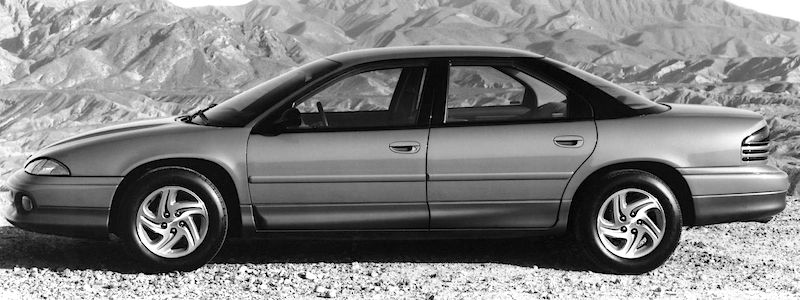The present post mostly presents 1929 and 1930 models from early in the era of professional automobile styling. However, I do not know if Du Ponts were ever professionally styled.
1919 Du Pont Model A, Mrs E. Paul du Pont at the wheel.
1929 Du Pont Convertible Coupe with Rumble Seat. Hoods were long and rather plain-looking, creating a heavy appearance.
Model G convertible coupe 1929 -- the factory designation was probably different.
Transformable Berlin, 1929. The slanted V'd windshield was an avant-garde touch not seen on other American luxury cars that year.
Another view of a 1929 Du Pont Transformable Berlin.
Series G Special Sport Sedan for 1930. Another raked-back windshield, but not V'd. Note the integrated trunk. The passenger compartment greenhouse and its windshield do not work well together.
1930 DuPont Model G Convertible Victoria by Waterhouse, photo via RM Sotheby's. The slanted windshield looks better here.
1929 Du Pont Model G Roadster by Waterhouse - Hyman consignment photo. Du Ponts would have looked better if they had a character line of some sort just below the hood opening and continuing to the rear: that plain hood design was a negative design factor aesthetically, but distinctive for marketing purposes.
Now for the sporty 1929 Du Pont Speedster. An ad showing the front quarter -- note the rounded grille with horizontal bars.
1929 Speedster, side view. The fender design might be logical, yet I find it awkward, unattractive.
Model G Speedster rear quarter view, photo via Philadelphia Free Library.
Miller 122 Indianapolis 500 race car from 1925. It's quite possible that the Speedster's grille design was influenced by the Miller's.
1933 DeSoto Rumble Seat Roadster. Its grill was also Miller-inspired.


















































